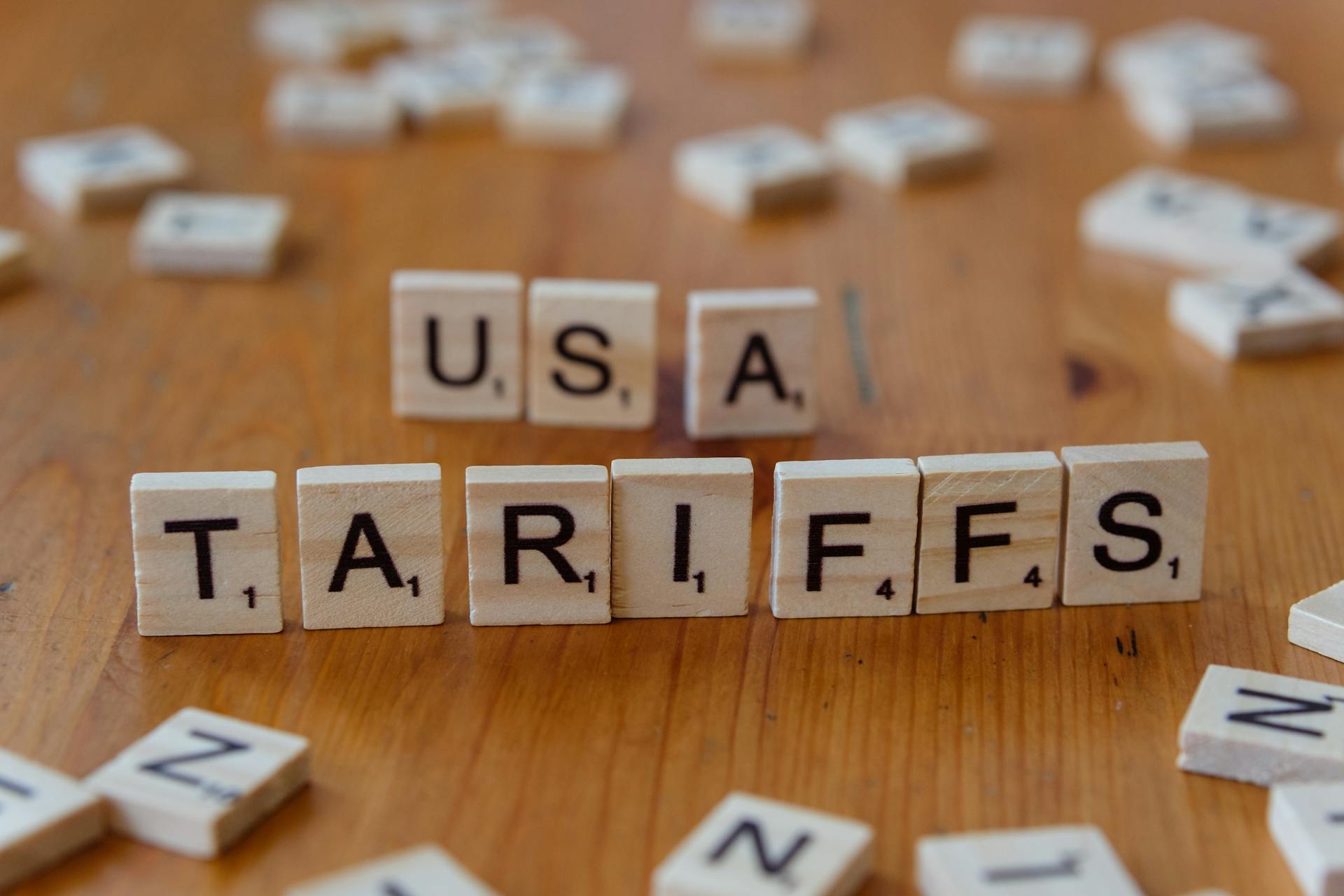
The Canadian HS Tariff Code is a crucial part of international trade, helping to classify goods for customs purposes. This code is based on the Harmonized System (HS) of trade classification, developed by the World Customs Organization.
The HS Tariff Code is a six-digit code that provides a standardized way to classify goods. Each code represents a specific category of goods.
To determine the correct HS Tariff Code for a particular good, you need to consider its characteristics, such as its material, shape, and intended use. This process can be complex, but it's essential for accurate classification.
In Canada, the HS Tariff Code is used to determine the applicable duties and taxes on imported goods.
For more insights, see: Ship Classification Codes
What is Tariff Classification?
Tariff classification is a crucial aspect of international trade, and understanding it can help you navigate the complexities of shipping online orders. The Harmonized System (HS) Coding system is an international standard that facilitates international trade by providing a uniform classification of products.
For your interest: Customs Tariff Classification

The HS code for a product consists of 6 digits, which is the same whether you're importing or exporting into any country that's part of the World Customs Organization. This ensures that all countries uniformly classify their products.
To find your product's HS code, you can utilize tools such as the Customs Info Database. In Canada, the tariff classification number consists of 10 digits, with the first six digits being standardized with all countries using the international tariff of the Harmonized System of the WCO.
The seventh and eighth digits distinguish break-outs for Canadian trade purposes, while the last two digits are for statistical purposes. Here's a breakdown of the tariff classification number structure in Canada:
Tariff classification can be challenging due to the complexity of the HS system. With thousands of headings and subheadings, product descriptions can be difficult to match with the correct HS code. It's essential to provide a clear and detailed description of the product, including its purpose or function, to ensure accurate classification.
Suggestion: Wco Harmonized System
Understanding the Harmonized System
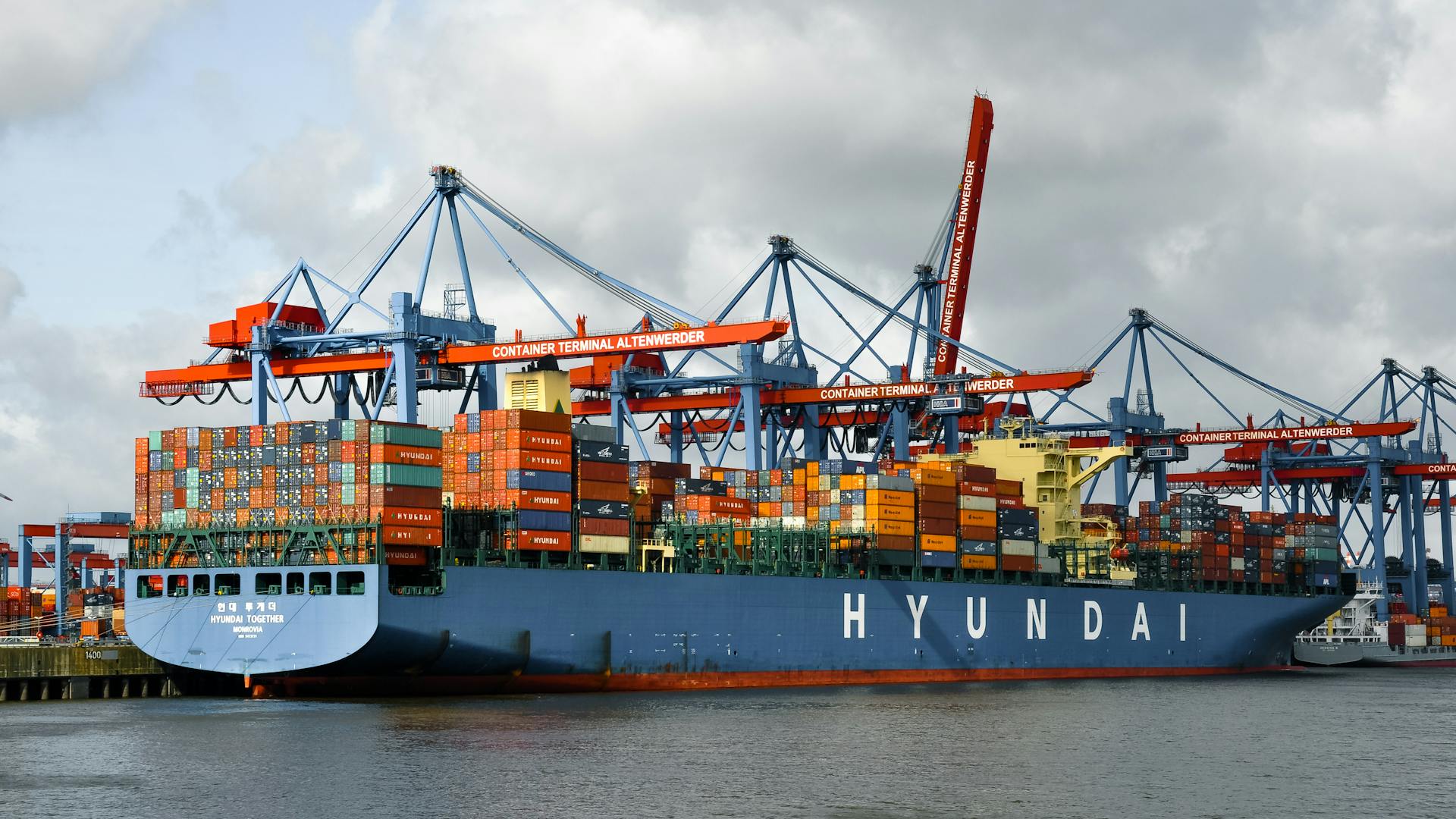
The Harmonized System (HS) is a standardized numerical method of classifying traded products. It is used by countries around the world to uniformly identify and describe products for purposes such as assessing duties and gathering statistics.
The HS assigns specific six-digit codes for varying classifications and commodities. Countries are allowed to add longer codes to the first six digits for further classification. The first six digits are standardized with all countries using the international tariff of the Harmonized System of the World Customs Organization.
The HS structure contains thousands of headings in 96 Chapters, which are arranged in 21 Sections. Each heading is identified by a four-digit code, with the first two digits indicating the Chapter and the latter two indicating the position of the heading in the Chapter.
Consider reading: Remote Bar Coding System
Tariff Classification Benefits
Tariff classification benefits are numerous and can have a significant impact on businesses and the economy.
Having the correct tariff classification number means the right amount of duties and taxes get paid. This is especially important when importing goods into Canada, where a 10-digit tariff classification number is required.

Tariff classification helps import statistics get collected accurately, which is used for domestic purposes.
The Customs Tariff is a key instrument used by the government to achieve its economic and trade policy objectives, with sections 10, 11, and 20 being especially relevant to tariff classification.
Here are some of the benefits of tariff classification:
- Offers measures that relieve duties and foster economic development in Canada
- Helps businesses adjust to competitive pressures
- Reduces duties for Canada's trading partners and gives our businesses better access to their markets
- Protects the health and safety of Canadians
- Gives Canada the right to impose emergency surtaxes on imports that harm our producers
- Lets Canada assert our rights under trade agreements with other countries
Harmonize System
The Harmonized System (HS) is a standardized numerical method of classifying traded products, used by countries around the world to uniformly identify and describe products for purposes such as assessing duties and gathering statistics.
The HS is administered by the World Customs Organization (WCO) and is updated every five years. This system assigns specific six-digit codes for varying classifications and commodities, allowing countries to add longer codes to the first six digits for further classification.
Each country uses the HS codes in a slightly different way, but the first six digits are standardized across all countries. The US, for example, requires a 10-digit number to classify products being imported or exported, with the first six digits being the same as the HS code.
Additional reading: China Import Tariff Hs Code

The HS code structure contains thousands of headings in 96 Chapters, which are arranged in 21 Sections. Each heading is identified by a four-digit code, with the first two digits indicating the Chapter and the latter two indicating the position of the heading in the Chapter.
Here's a breakdown of the HS code structure:
The HS code is essential for importing and exporting goods, as it determines the amount of duties and taxes to be paid. In Canada, for example, you must have a 10-digit tariff classification number for your goods, which consists of the first six digits being standardized with all countries, followed by the seventh and eighth digits distinguishing break-outs for Canadian trade purposes, and the last two digits for statistical purposes.
Worth a look: Canadian Tariff on Us Goods
Importing and Exporting with Tariffs
To import goods into Canada, you need a 10-digit tariff classification number, which ensures the correct amount of duties and taxes are paid. This number is also used to collect import statistics accurately.
Suggestion: Customs Tariff No
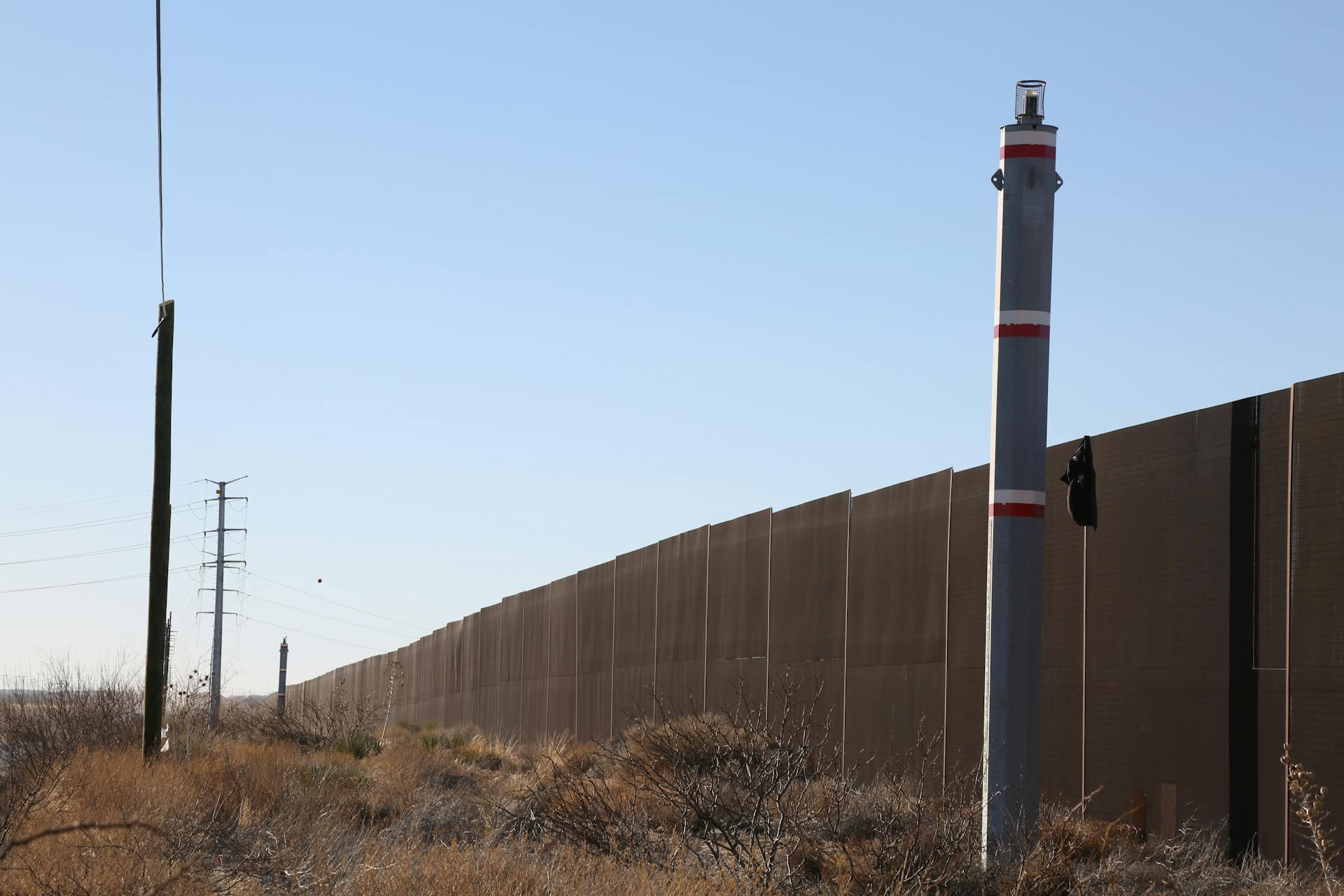
You must enter the correct classification number on the commercial accounting Form B3-3, Canada Customs Coding Form (field 27). This is crucial for both importers and exporters.
Tariff classification offers several benefits, including relieving duties and fostering economic development in Canada. It also helps businesses adjust to competitive pressures and reduces duties for Canada's trading partners.
Here are some key benefits of tariff classification:
- Offers measures that relieve duties and foster economic development in Canada
- Helps businesses adjust to competitive pressures
- Reduces duties for Canada's trading partners and gives our businesses better access to their markets
- Protects the health and safety of Canadians
- Gives Canada the right to impose emergency surtaxes on imports that harm our producers
- Lets Canada assert our rights under trade agreements with other countries
The Importer is responsible for reporting and accounting for its imported goods to CBSA, including accurately describing the quantity and nature of the goods, assigning a 10-digit tariff classification number, and declaring the proper value for customs duty.
Export
Exporting can be a complex process, but understanding the basics is key. The Harmonized System (HS) code is a crucial part of export, as it determines critical elements such as admissibility, restrictions, and duty.
Exporters are responsible for declaring the correct HS code, but the larger burden falls on the importer. It's a good idea to confirm the HS code with your international customer before shipping.
The HS code is useful for export and import, and it's essential to get it right to avoid any issues.
Importing and Exporting with Tariffs
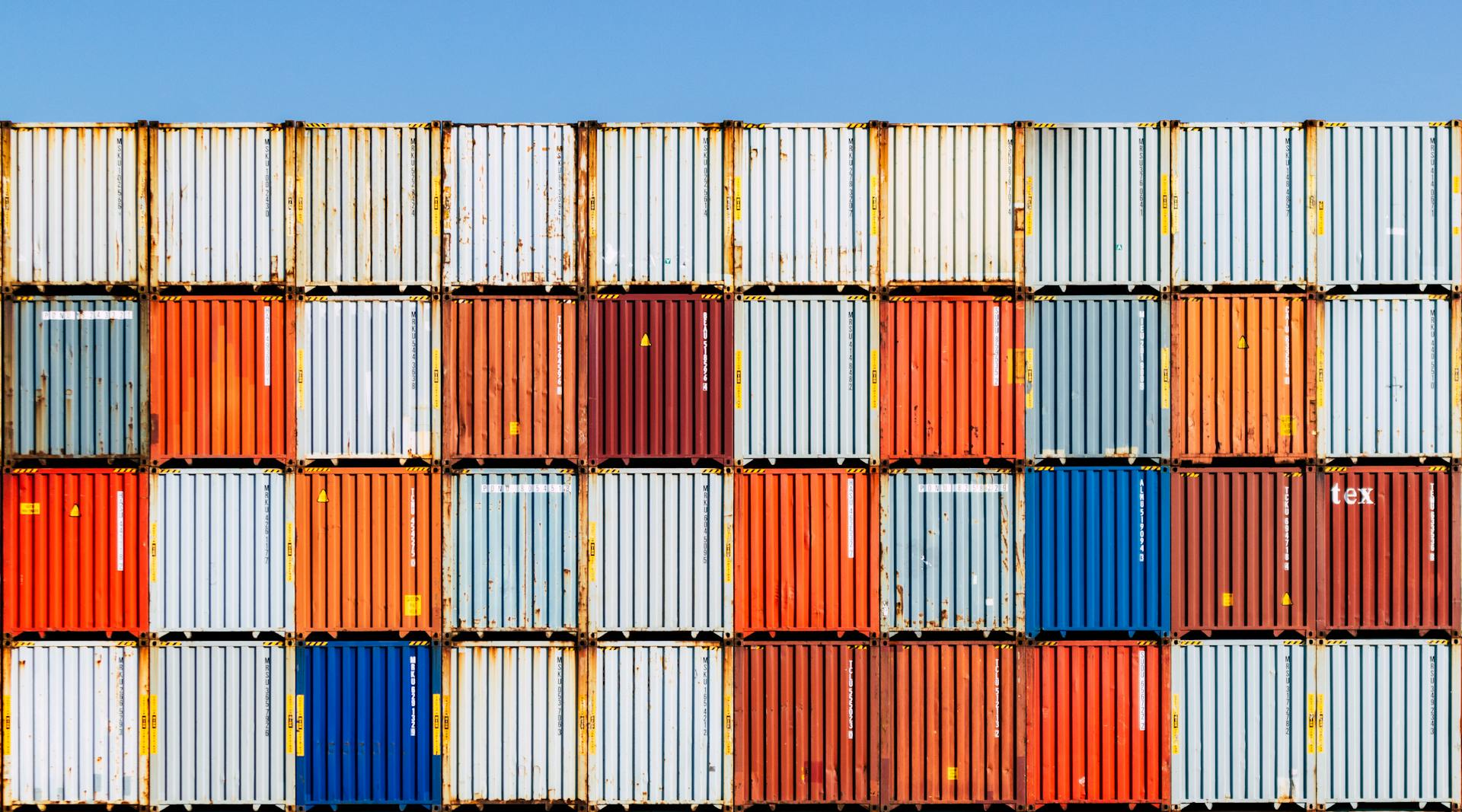
Importing and exporting with tariffs can be a complex process, but understanding the basics can make all the difference. A 10-digit tariff classification number is required to import goods into Canada, which ensures the correct amount of duties and taxes are paid.
The correct classification number is crucial for accurate import statistics, which are used for domestic purposes. This number is entered in the commercial accounting Form B3-3, Canada Customs Coding Form (field 27).
Tariff classification offers many benefits, including measures that relieve duties and foster economic development in Canada. It also helps businesses adjust to competitive pressures and reduces duties for Canada's trading partners.
To access various countries and determine the likely rate of duty, e-commerce companies can use the HS Code and duty charges they've predetermined. The HS Coding system is an international feat of cooperation that facilitates international trade.
The tariff classification has a direct correlation to the import duty rate. It's essential to find the tariff classification and check under that FTA's Specific Rules of Origin to determine if goods qualify under Canadian Free Trade Agreements.

Here are the key responsibilities of an Importer in Canada:
- Accurately describe the quantity and nature of the goods imported
- Assign a 10-digit tariff classification number to each product using the Canadian Customs Tariff
- Declare the proper value for customs duty
- Determine the applicable tariff treatment for the imported goods
- Pay the applicable customs duties, excise duties, excise taxes, goods and services taxes (GST), and other defined duties
If you're new to importing, it's wise to seek the advice of a compliant customs broker to ensure you've classified your product properly and met all the regulatory requirements.
Challenges and Solutions
Canadian businesses have had to adapt to a changing trade landscape with the introduction of new tariff codes. Tariff codes can be complex and time-consuming to navigate.
The Canadian government has implemented a system to help businesses find the correct tariff code, but it's still a challenge for many. Businesses often struggle to find the right code for their products.
One solution is to use the Canadian tariff classification system, which provides a hierarchical structure to help find the correct code. This system is based on the Harmonized System (HS) of tariff classification.
Take a look at this: Find Postal Code Canada Post
Two Main Reasons Classification is Difficult
The HS classification process can be a real challenge. The Harmonized System (HS) itself is very complex, with thousands of headings and subheadings to navigate.

Product descriptions often don't match everyday language, making it difficult to assign the correct HS code. A simple description like "shoes" can have multiple meanings, such as footwear, parts of machinery, or camera equipment.
For example, "shoes" can refer to footwear, but also to brake shoes under parts for motor vehicles or camera shoes under photographic or cinematographic goods. Providing a clear and detailed description of the item is crucial when sending an international courier shipment.
Here are some examples of how a single term like "shoes" can have different meanings:
- Footwear
- Types of shoes such as sneakers, snow boots, work boots etc
- Shoe parts such as soles, shoe laces, shoe care products
- Brake shoes under parts for motor vehicles
- Industrial equipment, such as brake shoes for trains
- Camera shoe under photographic or cinematographic goods
It's essential to include the purpose or function of the item in the description to ensure accurate classification.
Incorrect Data May Result in Higher Duty and Taxes
Incorrect data on your commercial invoice can lead to higher duty and taxes. This is because incorrect HS codes may result in higher than necessary duty and taxes, as mentioned in the article.
To avoid this issue, it's essential to confirm the correct HS code for your product. The last digits after the HS code are different for each country, so make sure to check the correct code for Canada on your commercial invoice.
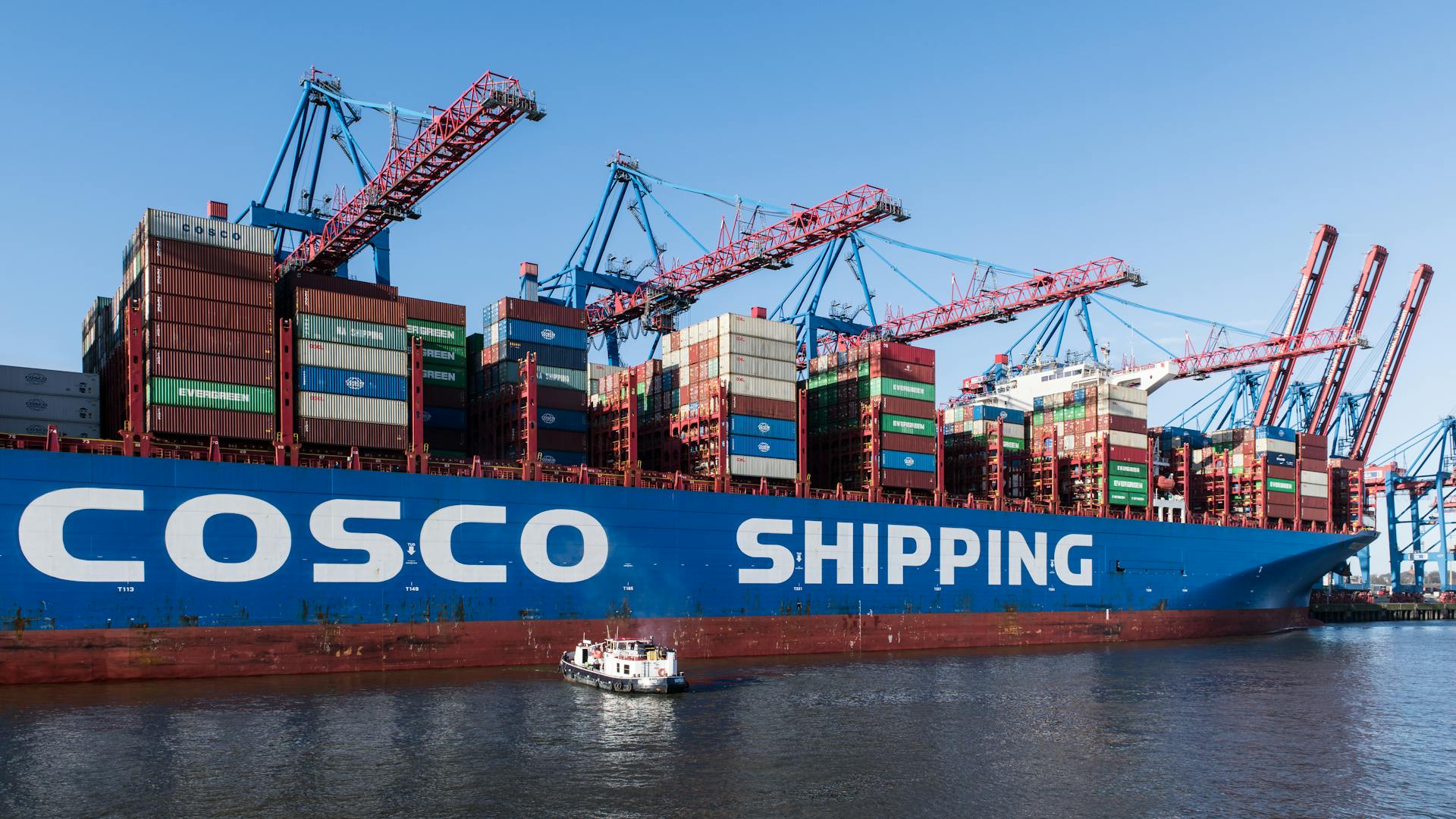
If you're exporting goods, confirm the code with the receiver to ensure accurate classification. For importing goods, the shipper should apply the Canadian Harmonize system code to avoid any errors.
Here's a quick reminder of what to check:
- Confirm the correct HS code for your product
- Check the last digits after the HS code for the correct country code
- Ensure the shipper applies the Canadian Harmonize system code for importing goods
By being diligent and accurate with your data, you can avoid unnecessary costs and ensure a smooth import process.
Canadian Customs and Regulations
Canada implemented the tariff and import statistical nomenclature in January 1988, which forms part of the Customs Tariff.
The Canadian Customs Tariff classifies goods and determines the import duty or tariff of a particular item or product.
Canada is a member of the World Customs Organization (WCO) since 1971, and this membership led to the implementation of the tariff and import statistical nomenclature.
The Canadian Customs Tariff is revised and re-published every year.
The Canadian Border Services Agency (CBSA) collects duties or tariffs on all imported goods.
Tariffs or duties are taxes paid on imports from a foreign country, which is a form of Government regulation to tax foreign products and safeguard the domestic market.
See what others are reading: Liberation Day Tariffs
Identifying and Classifying Products

The Harmonized System (HS) code is a crucial part of international trade, and it's used by all countries that are part of the World Customs Organization.
To find your product's HS code, you can use tools like the Customs Info Database.
The HS code is standardized with all countries, and the first six digits are the same whether you're importing or exporting.
The 6-digit Harmonized System Subheading is the same for any country, ensuring uniform classification of products.
Here's a breakdown of the tariff classification number structure in Canada:
The Customs Tariff remains one of the key instruments used by the government to achieve its economic and trade policy objectives.
To send an international courier shipment, always include a clear, detailed description of the item, along with its purpose or function.
The HS code for shoes can be tricky, as it can refer to different types of products, such as footwear, shoe parts, or industrial equipment.
Working with Customs Authorities

You can request an advance ruling to verify the correct tariff classification from Canadian customs, specifically the CBSA.
Importers to Canada can request an advance ruling directly to Canadian customs/CBSA.
This option is available to most countries, including the USA and European countries.
You can get a binding ruling from US Customs CBP.
If you need a ruling from Canadian Customs, you can request an Advance ruling from them.
Sources
- https://www.cbsa-asfc.gc.ca/trade-commerce/tariff-tarif/guide/origins-origines-eng.html
- https://www.jetworldwide.com/blog/hs-codes-shipping-online-from-canada
- https://www.trade.gov/harmonized-system-hs-codes
- https://www.pcb.ca/post/canadian-customs-tariff-harmonized-system
- https://www.wto.org/english/tratop_e/tariffs_e/tariff_data_e.htm
Featured Images: pexels.com


